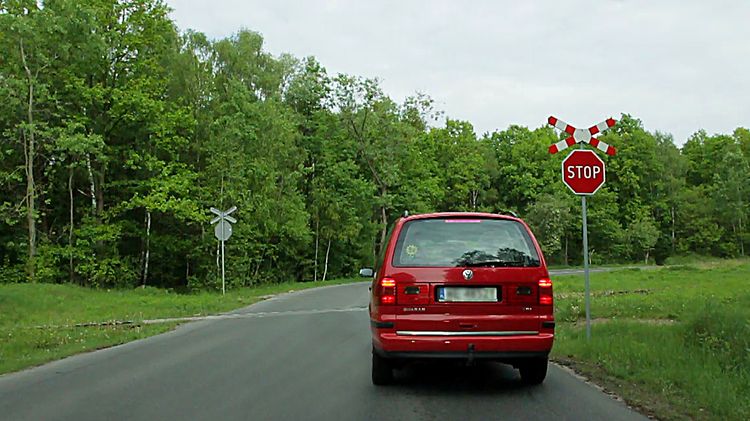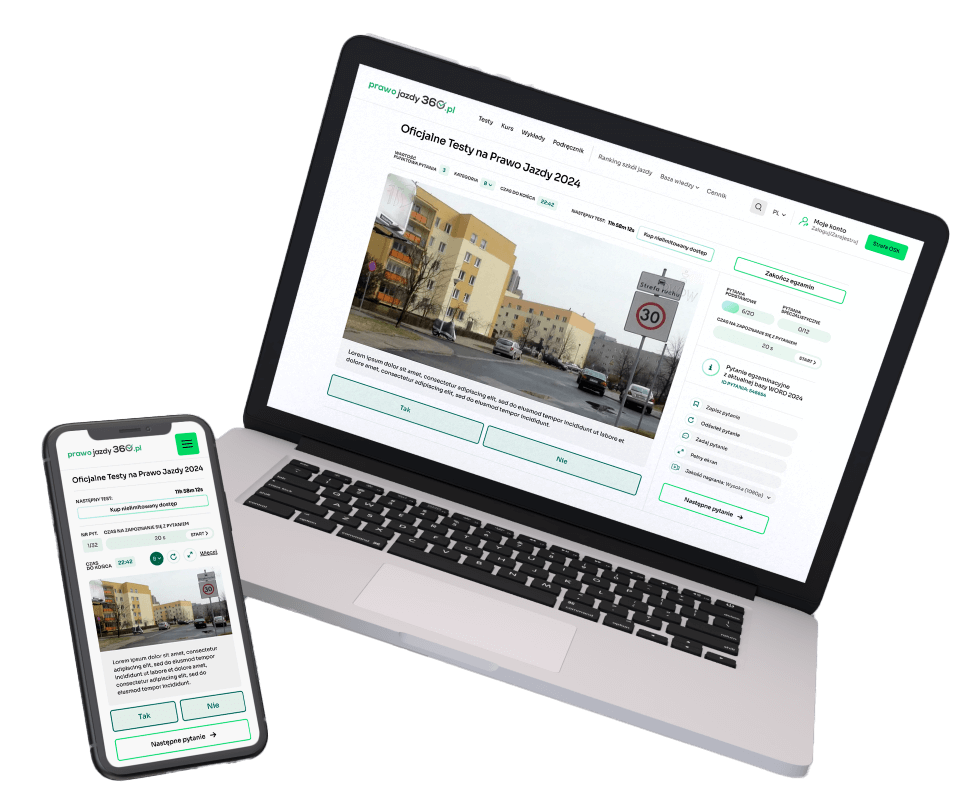Safe distance
Referring to the Road Traffic Code, the vehicle driver is obliged to:
- drive at a speed that does not hinder other drivers,
- brake in a way that does not endanger or impede traffic safety,
- maintain the distance necessary to avoid a collision if the vehicle in front brakes or stops.
When traveling on a motorway and expressway, the driver is obliged to maintain a minimum distance between the vehicle he is driving and the vehicle in front of him in the same lane. This distance, expressed in meters, is defined as not less than half of the number determining the speed of the vehicle driven by the driver, expressed in kilometers per hour. This provision does not apply during an overtaking maneuver.
Maintaining an appropriate distance between vehicles is one of the most important factors affecting road safety. The greater the distance between the vehicles, the longer the time to react in the event of an unexpected situation and the greater the chances of avoiding a collision.

The average response time is approximately 1 second. This is the time the driver needs to react when he receives information about the need to perform a maneuver. However, the reaction time may be longer, even several times, if the driver's attention is absorbed in something else, e.g. operating the radio or talking to a passenger. Prolonged reaction time is also a natural result of fatigue, drowsiness and poorer well-being.
The three-second rule
When the car in front of us passes a road sign, tree or other stationary reference point, we should count "101, 102, 103". Saying these three numbers calmly corresponds to approximately three seconds. If we do not reach the reference point within this time, it means that we maintain a safe distance of 3 seconds. If we pass it before we say two numbers, we should increase the distance from the car in front of us.
Braking
Braking is an integral part of driving a car. We brake when reaching traffic lights, stopping before a pedestrian crossing, driving in a traffic jam or simply wanting to slow down the vehicle.

Factors influencing braking distance:
- driver skills,
- weather conditions,
- tire grip,
- technical condition of the braking system.
Types of braking:
- normal braking - involving continuous pressure on the brake pedal without turning off the clutch, which turns off in the last phase of braking. The pressure on the pedal should be increased gradually so as to simultaneously brake the vehicle with the engine.
- emergency braking - consisting of pressing the brake pedal vigorously in order to stop the vehicle in the shortest possible time. In the last phase of braking, if possible, press the clutch pedal to prevent the vehicle's engine from stalling.
- pulse braking - consisting of pressing and releasing the pedal with high frequency. This braking reduces the possibility of wheel slippage, especially on slippery surfaces.
- engine braking - involves decelerating by not disengaging the drive system with the accelerator pedal released and in the appropriate gear. This type of braking should be used primarily in mountainous terrain when descending hills.




